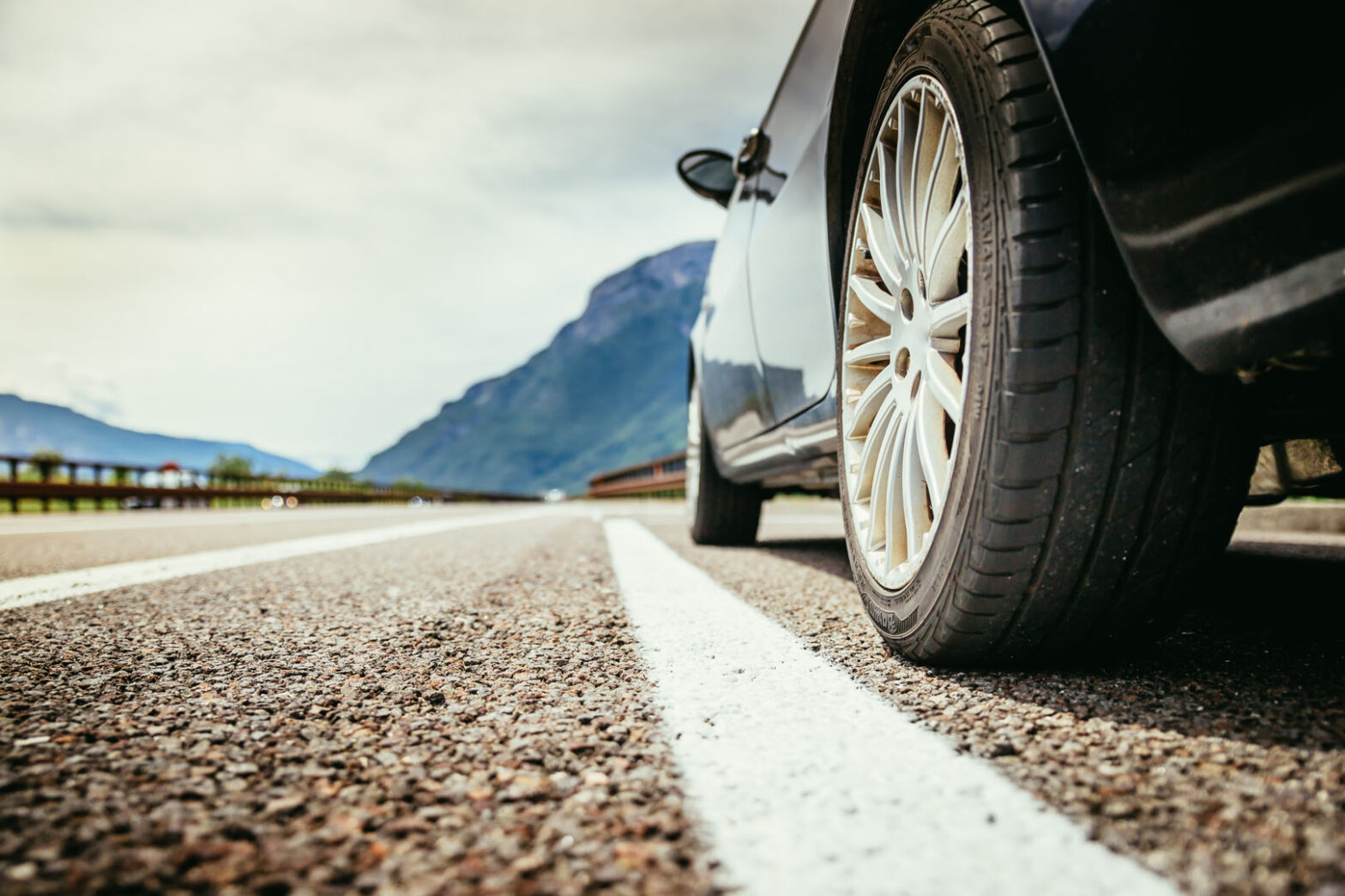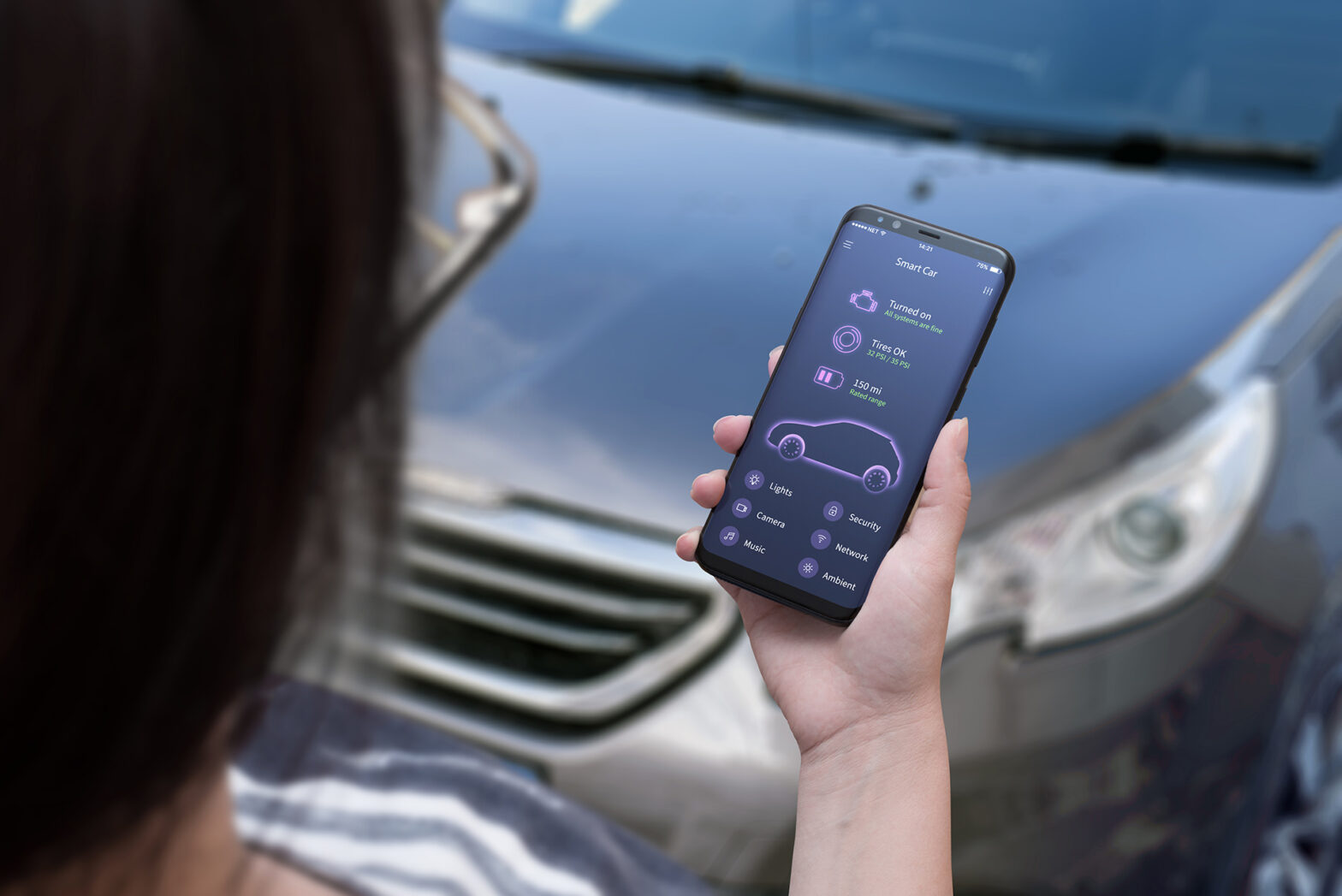
Energy efficiency and energy mix
PART OF PATHWAY 3 Develop pathways to decarbonize operationsGoodyear
Goodyear’s energy-efficiency programs enable its plants to better identify and implement energy projects across manufacturing facilities. Through the integration of energy into its manufacturing operating system, the company works to reduce energy use through zero-loss thinking and equipment efficiency. By conducting energy loss assessments, Goodyear reviews various energy loss categories, such as steam use, utility costs and electric efficiency, to identify opportunities for improvement. Upon completion of the annual energy loss assessment, each plant identifies its greatest opportunity areas and sets its own goals in BTUs per pound of production.
These goals are incorporated into Goodyear’s global energy reduction goal. The company has identified more than 530 energy efficiency projects in their most recent five-year plan that leverage a zero-loss culture to prioritize opportunities, target cost reductions and increase efficiency.
To ensure consistent project implementation, the company uses a best practice-sharing platform and a developed energy project catalogue. Moreover, it introduced a tactical energy scorecard in 2022 at all manufacturing sites to drive better day-to-day energy management by monitoring performance in areas including efficiency of boilers, compressors and chillers, air and steam leak repair programs, and LED lighting and control implementation.
Links
https://corporate.goodyear.com/content/dam/goodyear-corp/documents/responsibility/Goodyear%20CRR_2022_FINAL.pdf.coredownload.pdf (page 41)
Kumho Tire
Kumho Tire is working to increase its self-generated electricity capacity by installing photovoltaic panels at domestic and overseas manufacturing facilities. For example, the company started installation work to set up solar rooftop panels at the Gwangyang Logistics Center, which it expects to generate 3,072 kWh of solar power. The Pyeongtaek Plant is also receiving and reviewing proposals to install similar facilities. Overseas, the company will install solar power generation facilities at two plants located in China and Vietnam. In addition to switching to renewable sources of energy, Kumho Tire is working on energy savings activities, such as steam leakage prevention projects. As part of the company’s Factory Energy Management System, energy managers hold monthly energy-conservation meetings to monitor progress and share best practices for energy conservation.
Sumitomo
Sumitomo has been adopting renewable electricity at home and abroad. As part of initiatives to achieve carbon neutrality, a project is now under way to switch from natural gas to hydrogen as the fuel used to produce steam for curing, an essential part of tire manufacturing process. In 2022, with the support of the New Energy and Industrial Technology Development Organization (NEDO), Japan’s national R&D agency for energy, Sumitomo carried out a demonstration experiment to use hydrogen for steam production at its Shirakawa factory in Shirakawa City, Fukushima Prefecture.
The specific aim of this project is to supply steam for the curing process that is produced by hydrogen-fired boilers to the NEO-T01 Manufacturing System, which employs a high-precision metal core and enables the production of tires boasting high performance with a compact, streamlined process. Sumitomo has also introduced a set of solar power generators with a large enough capacity to supply the electricity needed to run the entire NEO-T01 production line. Employing these energy sources, in January 2023 Sumitomo launched Japan’s first mass-production tires manufactured via a carbon neutral process as defined in terms of eliminating Scope 1 and 2 emissions.
Elsewhere, Sumitomo is adopting renewable electricity sourcing at two factories in China and one in Turkey and introducing solar panels at facilities in China and South Africa.
Link
https://www.srigroup.co.jp/english/sustainability/dvql4p000000f222-att/2023p59-66.pdf (pg.59-60)






